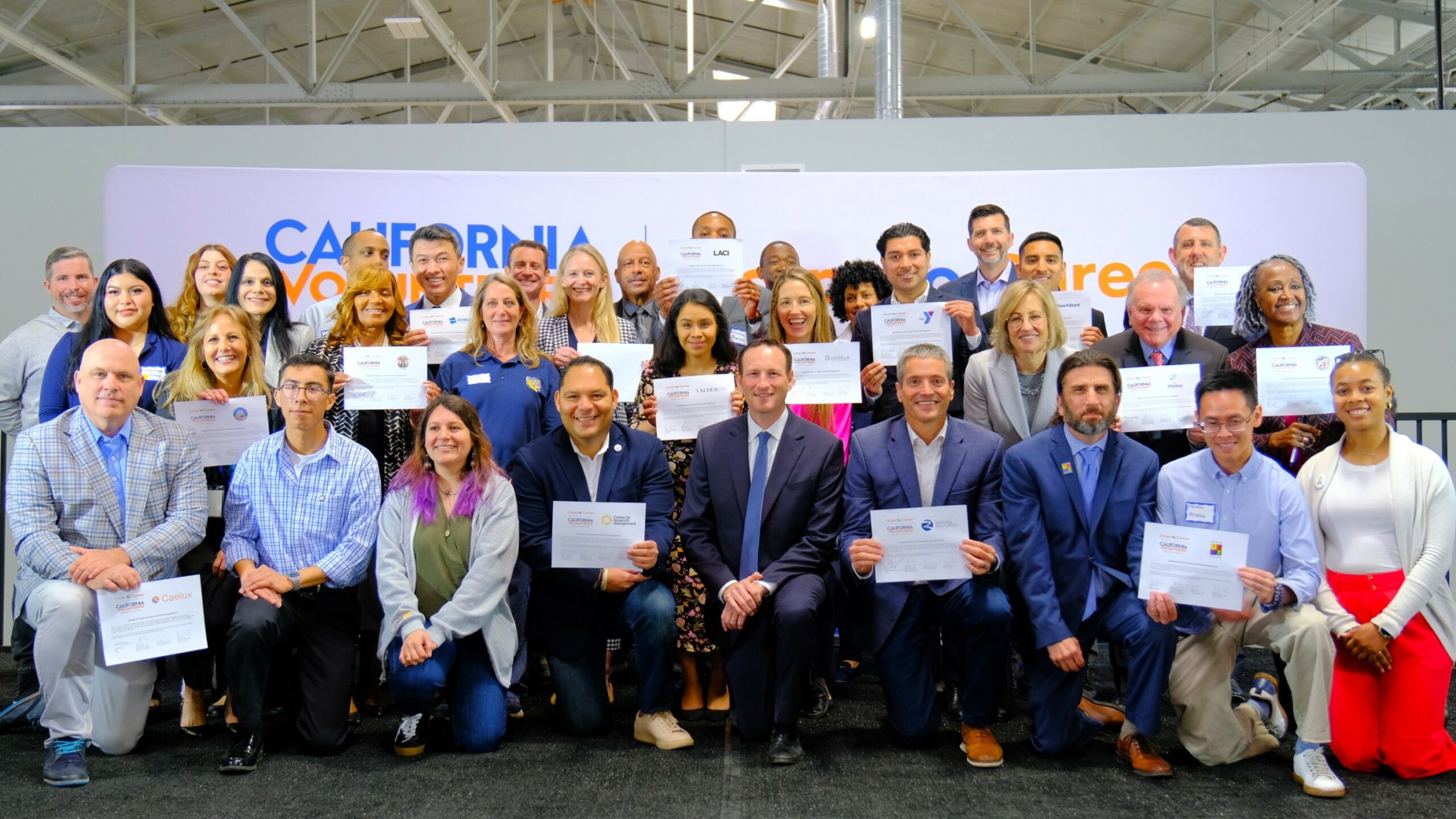Many small towns in America are still feeling the impact of the Great Recession, the longest economic downturn in the country since World War II. Over the past five years, estimates from the U.S. Census Bureau suggest that many areas have experienced notable declines in the prime working age population — aged 25 to 54.
In some places, lower birth rates and the aging of baby boomers account for the decline, while other regions are experiencing out-migration of their young and middle-aged adults because of the tendency of skilled people to move towards better job markets.
“There’s currently a huge imbalance in the geography of opportunity,” says Stephane Kasriel, the CEO of Upwork and the co-chair of the World Economic Forum’s Council on the Future of Education and Work.
Large Cities are Creating More Jobs
Kasriel has the numbers to back it up. In the 1990s, 125 of 3,007 U.S. counties created half of new U.S. businesses, according to an analysis by the Economic Innovation Group (EIG). That equates to about four percent of all U.S. counties. When EIG revisited its analysis in 2010, it found that number had shrunk to 20 counties or less than one percent of U.S counties creating half of new businesses.
Fifty million people live in counties with a lower population than they had a decade ago, and another 11 million live in counties with close to zero population growth, according to Dr. Adam Ozimek, chief economist for Upwork, a website that enables businesses to find and work with highly skilled freelancers.
“The worrying demographic trends are even starker when we look at the population of adults age 25 to 54 years old. Over the last decade, 80 percent of counties saw a decline in this so-called ‘prime working age population,’” Ozimek says. “Places losing population are by and large struggling with economic and socioeconomic issues. These shrinking places are more rural, have fewer job opportunities, and are overall less innovative than the rest of the country.”
Luring Skilled Remote Workers with Financial Incentives
In some states, including Vermont and New Hampshire, every single county lost people in its prime working age population. To address these concerns, late last year, Vermont launched its Remote Worker Grant, which offers reimbursement grants of up $5,000 per year ($10,000 over two years) to remote workers nationwide who move to the state.
To qualify for the grant, an applicant must be a full-time employee of a company with its primary place of business outside of Vermont. Applicants must move to Vermont and perform a majority of their duties remotely from a home office or co-working space in the state. Expenses eligible for reimbursement include relocation costs, computer software and hardware, broadband access or upgrade, and membership in co-working or similar spaces.
The incentive worked for Matthew Christie, who moved to Vermont from Boston with his pregnant wife and toddler on Jan. 2 using the grant money. Christie is an energy efficiency policy consultant for utilities and governments with TRC. While TRC is a national company, it doesn’t have a physical location in Vermont.
“I’m a New Hampshire native and was interested in returning closer to family, friends, and my roots. The house I bought is in the same region as where I grew up. I have a lot of love for the quality of life, the natural beauty and outdoor recreation availability, the community, and more. Plus, I just love smaller town living over cities, especially at this stage of my life starting a young family,” Christie says. “I loved the program and appreciate that Vermont is doing it. It helped me make a good decision.“
“We consistently heard that folks coming to Vermont to work for Vermont-based companies sometimes had a problem with what we used to call the ‘trailing spouse,’ now called the ‘talented partner’ not being able to find a job. So it’s an incentive to inquire, and explore to work remotely for a firm they’re already working for,” says Michael Schirling, secretary of Vermont’s Agency for Commerce and Community Development.
“As we look at co-working spaces, it’s not uncommon that someone from out of state would transition to a start-up in-state. So for every new worker we’ve relocated to Vermont, that’s an addition to our workforce and for potential new workers to Vermont firms.”
That Small Town Sense of Community
Elizabeth Saunders was seeking a sense of community and found it through the Tulsa Remote program. Saunders works as a program director for Innovation Acceleration Group and is the founder of a start-up called Rooomers. She relocated from San Francisco to Tulsa in March. “I was excited to go back to the Midwest. It’s kind of more of how I was raised. My homegrown roots. It’s a little bit more genuine,” Saunders says.
Tulsa Remote, first launched in November by the George Kaiser Family Foundation provides qualified applicants $11,000 to cover moving and housing expenses over the course of a year, plus dedicated co-working space in downtown Tulsa.
The downtown location has also enabled Saunders to become a deeper part of her community. As she doesn’t have a car, she is keenly interested in how Tulsa is broadening its public transportation offerings and regularly attends public meetings and events to provide input.
“Those are meetings I could never have gotten into in San Francisco, or conversations I could never have had in San Francisco based on sheer volume and networking needs to do that,” Saunders says.
That kind of involvement is what Tulsa Remote hopes to grow from its program, and helps grow the community and, ultimately, its economy. “International community building is an important aspect of the Tulsa Remote program, and the majority of participants have taken full advantage of opportunities to become integrated locally through volunteerism, recreation and professional development,” says Aaron Bolzle, executive director of Tulsa Remote.
Reversing Declining Populations
Programs like these can encourage sustainable and increased population and economic growth, says Ozimek of Upwork. “As struggling communities look for ways to help slow or reverse declining population, encouraging remote work represents an important emerging trend that could open up more avenues to economic opportunity within struggling communities,” he says.
“While the subsidies present a cost to the local government offering them, remote workers will also help generate revenue through property and other taxes. Whether the net fiscal effect is a plus will vary by subsidy and place, but the potential is worth exploring,” he adds.
The remote worker programs in both Tulsa and Vermont appear to be a hit. Of the more than 10,000 people from around the globe who applied for the grant, one percent were selected. As of mid-July, 50 participants have relocated to Tulsa translating to 79 total new residents. By the end of the summer, 80 grant recipients and more than 140 individuals are expected to move to Tulsa.
In Vermont, 36 remote workers received grants, translating to a total of 89 new Vermonters which include family members who moved with the recipients to their new home state. The average award was $3,680. Schirling estimates the return on investment each grant recipient will be less than a year.
The state legislature removed the timing caps for funds, so the entire $500,000 that was supposed to be released over three years will now be granted out this year until it runs out. The Vermont Remote Work Grant program resumed accepting applications on July 1.
The next recruitment incentive is a $1.195 million program to assist workers who will move to Vermont to work for Vermont-based companies. Applications for that program begins Jan. 1, 2020.
It Pays to Live in These Cities
There are many states and cities offering incentives such as mortgage assistance and free tuition to anyone willing to relocate:
- Offers of free land in several cities such as Marquette and Lincoln, Kansas; Curtis, Nebraska; and New Richland, Minnesota. Participants have to agree to the city’s guidelines, which can include timing on building the home and length of residency.
- A cash rebate up to $12,000 to build a new home in Harmony, Minn.
- Assistance to cover housing expenses such as closing costs and down payments, as well as free tuition at public colleges (all with guidelines) in New Haven, Connecticut. In Baltimore, potential homeowners could receive a $5,000 or $10,000 towards buying a home, depending on the location and type of home.
- Reverse college scholarships for those who return home to Clair County, Michigan, (up to $15,000) or Hamilton, Ohio (up to $10,000) after earning a degree in a STEAM career.
These communities are promoting much more than financial incentives. They are offering a way of life outside of the hustle and bustle of a big city. As Elizabeth Saunders, now a Tulsa resident, explains, “The affordable cost of living. I’m busier doing good things. The quality of life is better.”
Victoria Lim is a California-based, award-winning journalist.











